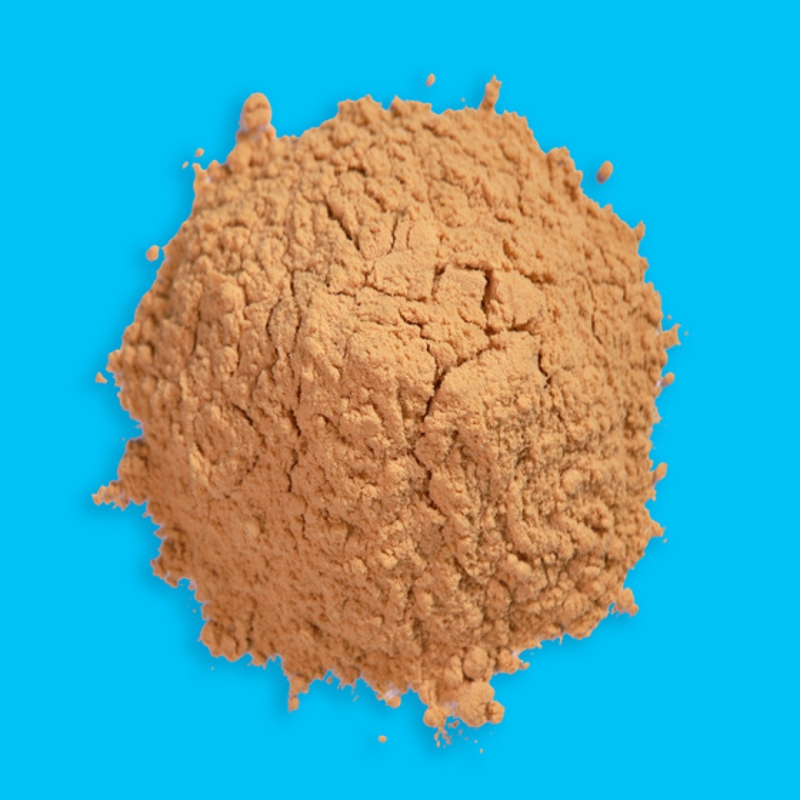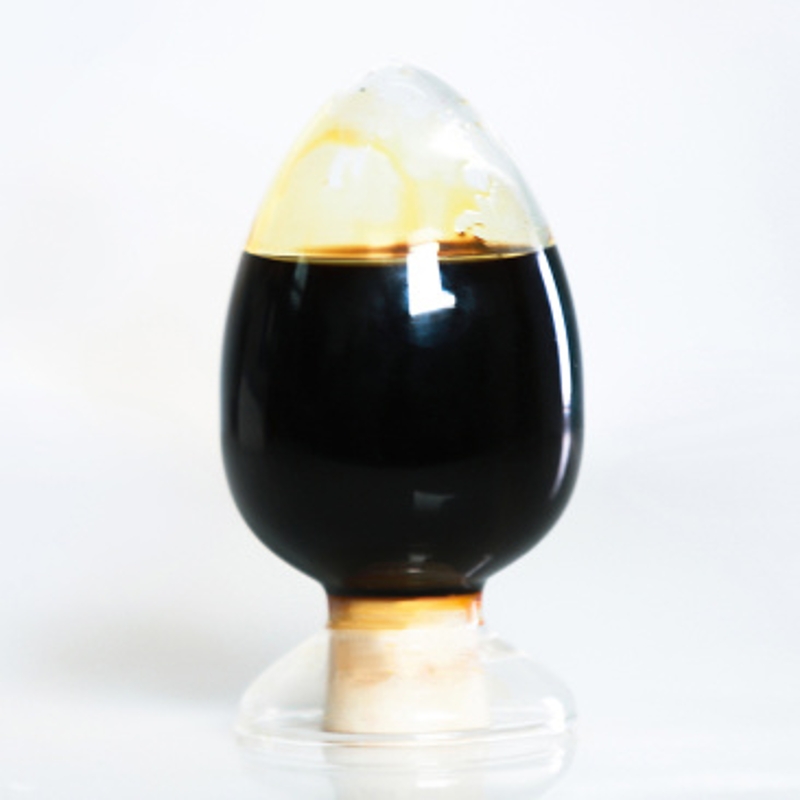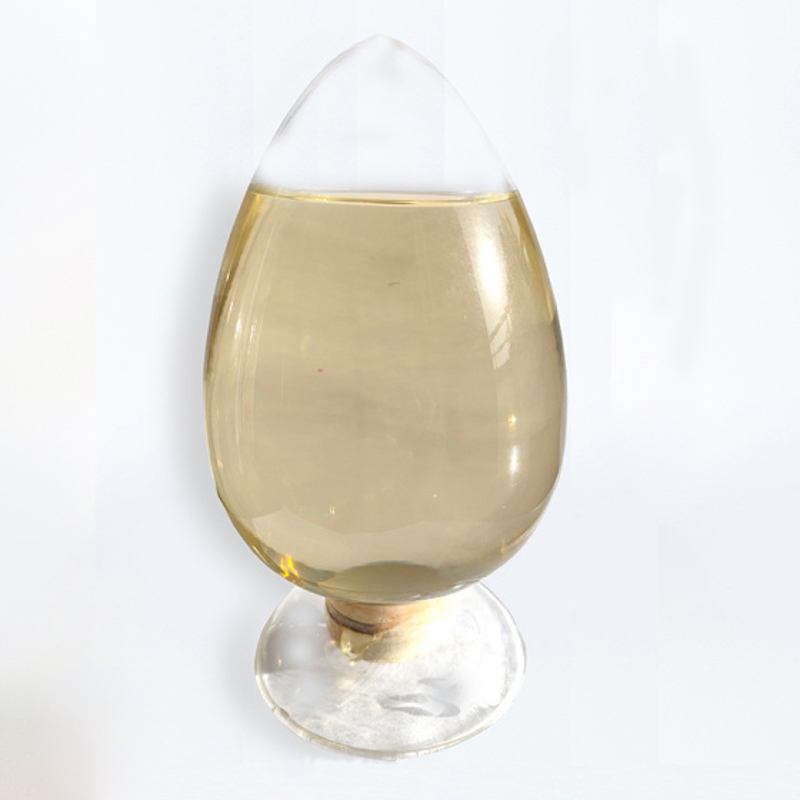-
Categories
-
Pharmaceutical Intermediates
-
Active Pharmaceutical Ingredients
-
Food Additives
- Industrial Coatings
- Agrochemicals
- Dyes and Pigments
- Surfactant
- Flavors and Fragrances
- Chemical Reagents
- Catalyst and Auxiliary
- Natural Products
- Inorganic Chemistry
-
Organic Chemistry
-
Biochemical Engineering
- Analytical Chemistry
- Cosmetic Ingredient
-
Pharmaceutical Intermediates
Promotion
ECHEMI Mall
Wholesale
Weekly Price
Exhibition
News
-
Trade Service
(3) Distillation method
Distillation is a method of separation using the difference in volatility of each component in a liquid mixture
According to the different properties of the components of the food to be tested, distillation methods such as atmospheric distillation, vacuum distillation and steam distillation can be used
(1) Atmospheric distillation For samples that do not decompose or have a low boiling point after the substance to be distilled is heated, atmospheric distillation can be used
Figure 1-4 Atmospheric distillation device diagram
(2) Vacuum distillation For samples whose substances to be distilled are easily decomposed or whose boiling point is too high, vacuum distillation can be used
(3) Steam distillation has a higher boiling point for the substance to be distilled.
Figure 1-5 Diagram of vacuum distillation device
Figure 1-6 Diagram of steam distillation device
(4) Chemical separation method
(1) Sulfonation method and saponification method Sulfonation method and saponification method are commonly used methods for removing oils and fats, and can be used for the analysis of pesticide residues in food
(2) Precipitation separation method The precipitation separation method is to add a precipitant to the sample solution, use the precipitation reaction to precipitate the measured component or the interfering component, and then centrifuge or filter to separate the mother liquor
(3) The masking method adds a masking agent to the sample solution to change the existence state of the interfering component to eliminate its interference to the measured component
Related links: Cognition of the basic procedures of food physical and chemical testing (2)







